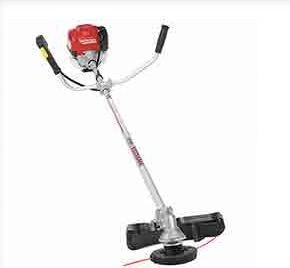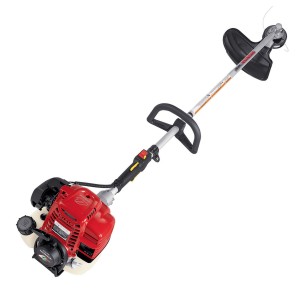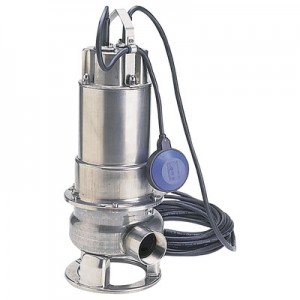 Whether you use your EU7000is as a work site or backup generator, you really can’t predict when you’re going to need it. Here’s how you can keep your generator ready to use at a moment’s notice and avoid problems down the line.
Whether you use your EU7000is as a work site or backup generator, you really can’t predict when you’re going to need it. Here’s how you can keep your generator ready to use at a moment’s notice and avoid problems down the line.Maintenance Schedule
Before each use: Check oil, air cleaner and GFCI circuits.
First month or 20 hours of operation: Change the oil.
Every three months or 50 hours: Clean the air filter.
Every 6 months or 100 hours: Change the oil, check the spark plug, and clean the spark arrester.
Every year or 300 hours: Replace the air filter and spark plug.
If the generator is only used occasionally, the battery should be recharged once a month.
Honda recommends having the EU7000is professional serviced for the following maintenance.
Every year or 300 hours: Check the valve clearance.
Every 1,000 hours: Clean the combustion chamber, fuel tank and fuel tube. Replace fuel pump filter.
GFCI
With the engine running, the light next to each GFCI outlet should be green. Push the “Test” button on each duplex outlet. This creates a short that will trigger the system, and the light will turn off. Push the “Reset” button. The light should be green again. If the light blinks red at any time, the plug needs to be serviced before the generator can be used.
Oil
To check the oil, first open the right side maintenance cover. Remove the oil filler cap at the base of the engine. Wipe off the dipstick, then insert it into the filler neck without screwing it in. If the oil level doesn’t come to the top of the marks on the dipstick, add oil.
To change the oil, remove the right side maintenance cover and the rubber seal directly below the engine drain bolt. Place a catch can under the generator and remove the drain bolt. Once the crankcase is empty, reinstall the drain bolt with a new sealing washer. Remove the dipstick and add oil through the filler neck. This engine holds just under 1.2 quarts of oil. When full, the oil level should be at the edge of the filler neck.
Honda recommends SAE 10W30 oil with an API service category of SJ or later. 5W30 can also be used for most temperatures, and SAE 30 can be used at temperatures above 50ºF.
Air Cleaner
To access the air cleaner, remove the left side maintenance cover, lift up on the two clips on the top of the air cleaner cover, then tilt the cover down.
The cleaner has three components: a foam filter, a grid-shaped guide and a paper filter.
To clean the foam filter, wash it in soapy water and squeeze it out. Once dry, dip it in clean engine oil and squeeze it out again. Do not twist the filter.
Do not clean the paper filter. If it’s dirty, it should be replaced.
Wipe the dust off of the air cleaner cover and guide before putting the air cleaner back together.
Spark Plug
To access the plug, remove the left side cover. Next, remove the spark plug inspection cover on the top of the engine. Disconnect the plug cap and use a plug wrench to unscrew the plug.
The electrode gap should be between 0.028 and 0.031 inches (0.7-0.8 mm). Replace the plug if the electrode is worn down, the plug is fouled, or the insulator is damaged.
Thread the plug in by hand, then torque it to 13.3 lb-ft. If you don’t have a torque wrench, turn a used plug 1/8-1/4 turn after it seats. When installing a new plug, turn it ½ turn after it seats to form the sealing washer to the engine.
Spark Arrester
The exhaust can stay hot for up to a half hour after the engine has been used. Let it cool completely before cleaning the spark arrester.
To access the arrester, remove the two screws on the muffler tailpipe on the right side of the generator. Remove the tailpipe and slide out the spark arrester. Clean the spark arrester with a wire brush. If the arrester is damaged, it needs to be replaced.
Battery Charging
To access the battery, lock the handles in the carrying position. Remove the screw for the battery cover on the lower left of the generator’s front panel. Disconnect the battery’s negative terminal, followed by the positive terminal. Unhook the battery strap and slide the battery out of the tray.
Charge the battery at 1.1 amps for 5 to 10 hours. To install, follow the previous instructions in reverse order, being sure to connect the positive terminal before the negative terminal.
Get the Parts You Need Straight from Your Browser
Hondalawnparts.com is a certified Honda Engines and Honda Power Equipment Dealer, so we carry everything you need to maintain and repair your EU7000is generator. We can ship your order anywhere in the U.S. or Canada.



